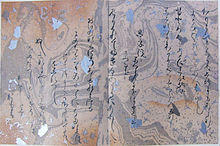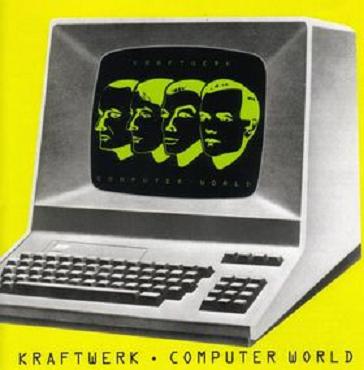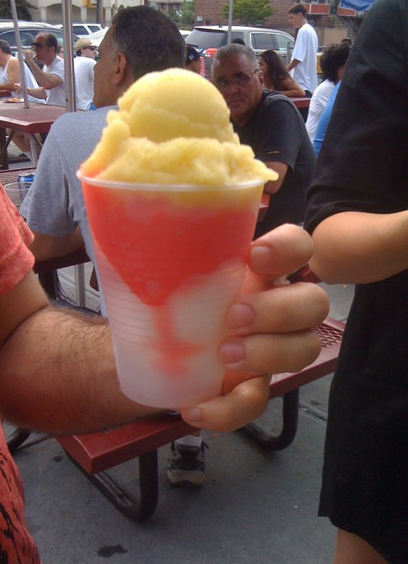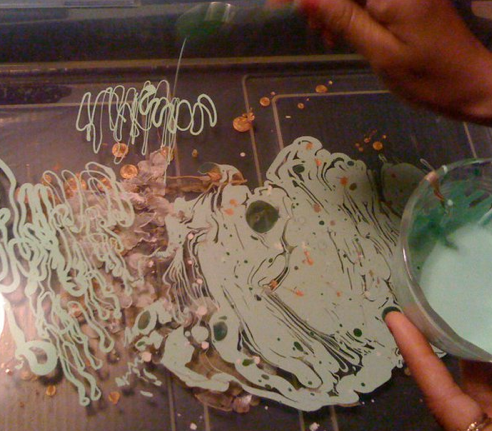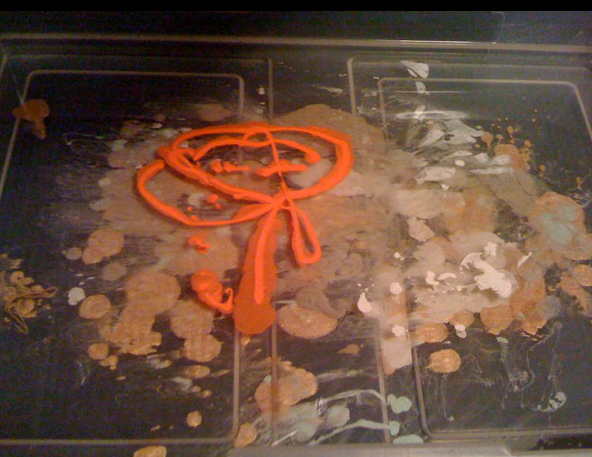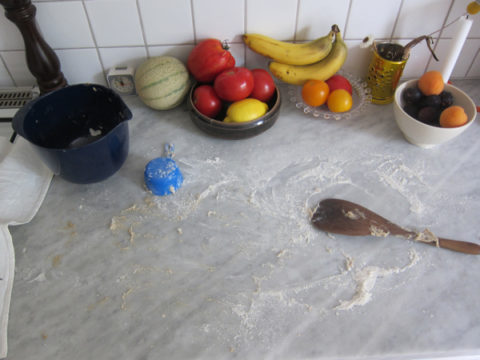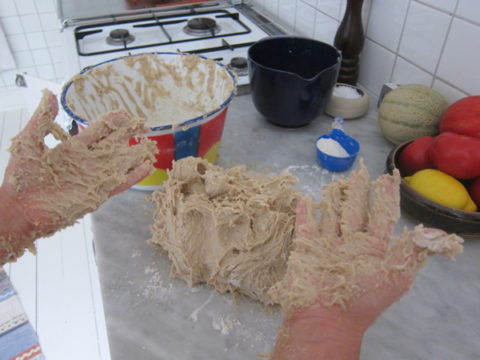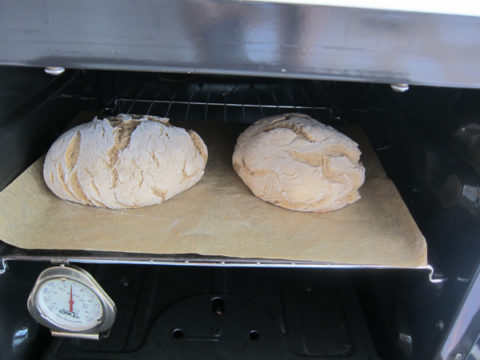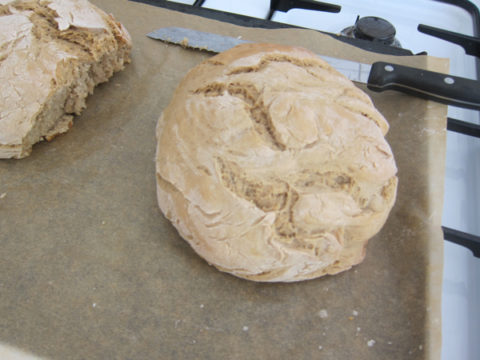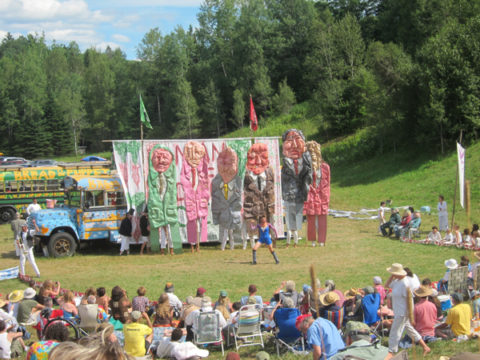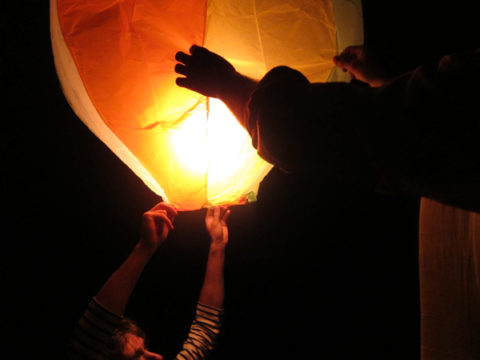A Brief History of Marbling
August 16, 2011 by Ming
After our first attempts, we are marbling maniacs! Here’s a little bit of history we stumbled across in the abyss of information on the internet…
The origins of marbling are often disputed. Purportedly it was developed somewhere in China, Japan or the Middle East. In China, examples have been discovered dating back to as early as the Ming Dynasty (14th – 17th century). They have been mentioned in texts as a decorative paper called “drifting sand” or “flowing sand paper”. They were made by dragging a piece of paper through a fermented flour paste mixed with various colors. Another process used a paste prepared from honey locust pods mixed with oil and water. Ginger was possibly used to disperse colors. Marbling has also been found in Turkey and Persian countries from the 15th century. Europeans began importing the designs in the 1600s and later found their own ways to emulate it. Each culture developed its own process and today we can recognize the results that are varied and beautiful.
Page from a mutli-volume manuscript which contains the oldest sample of marbled paper known today. It was presented to Emperor Shirakawa of Japan on his Sixtieth Birthday in 1118 C.E.
Here are a few inspiring patterns with their histories and directions to make them adapted from a very informative essay on marbling which can be found HERE
Bouquet (Alternative pattern names: Peacock, Bukett)
This pattern was created near the end of the 18th century. It is created by starting first with a Nonpareil base. After this is finished, a comb with two sets of teeth is drawn vertically through the bath in loose, wavy lines which cause the appearance of the Nonpareil columns to fan out and appear to be a small bouquet.
Extra (Alternative pattern names: Drag, Allongé, Tiré, Schleppmuster, Zugmuster)
This pattern was first created in the 19th century. This pattern is similar to the British and Spanish Drag patterns. The British pattern is distinguishable because of its strong tendency towards use of darker colors not associated with a regular Extra or Drag marble. The Spanish Drag is simply an Extra pattern with the addition of the gradated linear work, characteristic of the Spanish pattern. This pattern is created by starting with a Turkish base then once the paper is laid onto the bath to be pulled it is dragged forward, elongating the spots.
Morris
This pattern’s origin dates from the end of the 19th century. Muira suggested it may have been created by E.W. Morris who was a printer in London or possibly by a gentleman named Morris who worked in Oxford. The pattern is created in a manor unlike the traditional western style of marbling. A paper is soaked with water by a sponge. Then colors are dropped onto the paper. Because the paper is already wet the colors dropped onto it run into one another in a sort of watercolor effect. Muira suggests that if the creator desires it the paper can be moved in such a way as to guide the flow of the colors on the page. This particular pattern can easily be done using this water-based process as well as oil-based ones.
Turkish (Alternative pattern name(s): Spot, Stone, Agate, Stein, Achat, Caillouté Simple)
Historically, this is the oldest of Western marbled patterns and dates back to as early as the middle part of the 15th century. This pattern is created when one or more colors are thrown onto the surface of the bath using a marbling brush. The first colors thrown tend to constrict as other follow and become the ‘vein’ colors for the latter thrown inks.
Maybe we will hold a marbling workshop here at KIOSK some time!
- Comments closed
